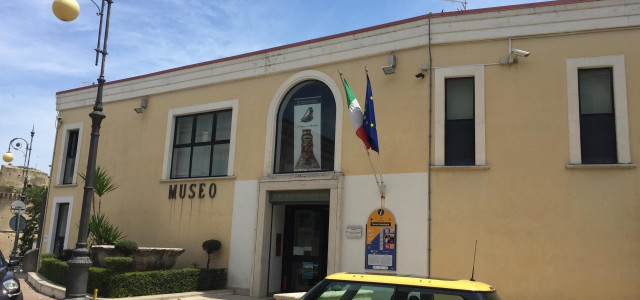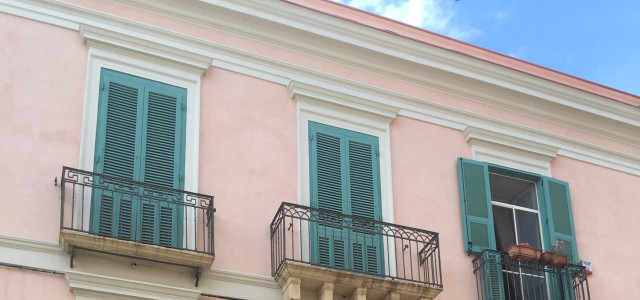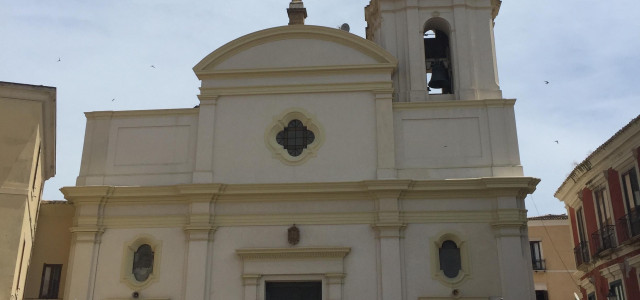Crotone
Crotone is the fourth largest town in Calabria by population. Overlooking the Ionian Sea, at the mouth of the Esaro river, Crotone falls in the Marine Protected Area of Capo Rizzuto and includes in its territory the promontory of Capo Colonna, where stands the only surviving column of the ancient Temple of Hera Lacinia. The old town is a maze of alleys and squares leading to the Duomo and the central Pythagoras Square. The city was founded by Greek colonists from Acaia in the eighth century BC, and was one of the most important Magna Grecia’s centers. In 560 BC Kroton and Locri began a ten-year war that ended with the Sagra Battle, won by the Locrians, supported by Sparta. Around 530 BC Pythagoras moved to Kroton and creating a school of knowledge, science, mathematics and music. Pythagoras and his followers conquered the political power of the city, supporting the war against the historical ally Sybaris and constituting a sort of confederation of city-states with capital Kroton. Remains of Greek elements (fifth century BC) have been identified in Castle Square, corresponding to the highest point of the acropolis. The Romans conquered the city in 277 BC. During the Second Punic War, Hannibal will held here its winter quarters. The city resources again in the Byzantine era. In 1284 it was granted by the Aragonese to Ruffo from Catanzaro. In 1541, the Viceroy Don Pedro from Toledo has restored the existing Castle, now known as the "Charles V’s Castle". The industrial activities and the port, between Taranto and Messina, have made the city protagonist in the period between the two World Wars. At the end of the ‘80 major industries (Pertusola Sud and Montedison) are in crisis: the entire population suffers and the workers give life to the protest known as the "Night of Fires" (September 6, 1993). Since then, Crotone was subject to increased emigration.






